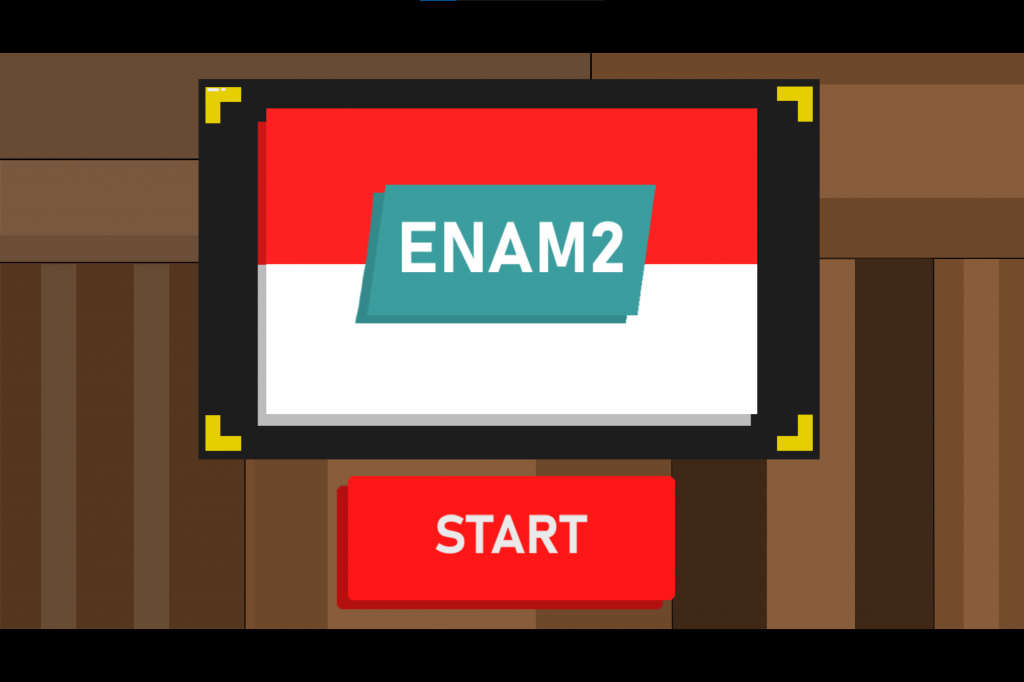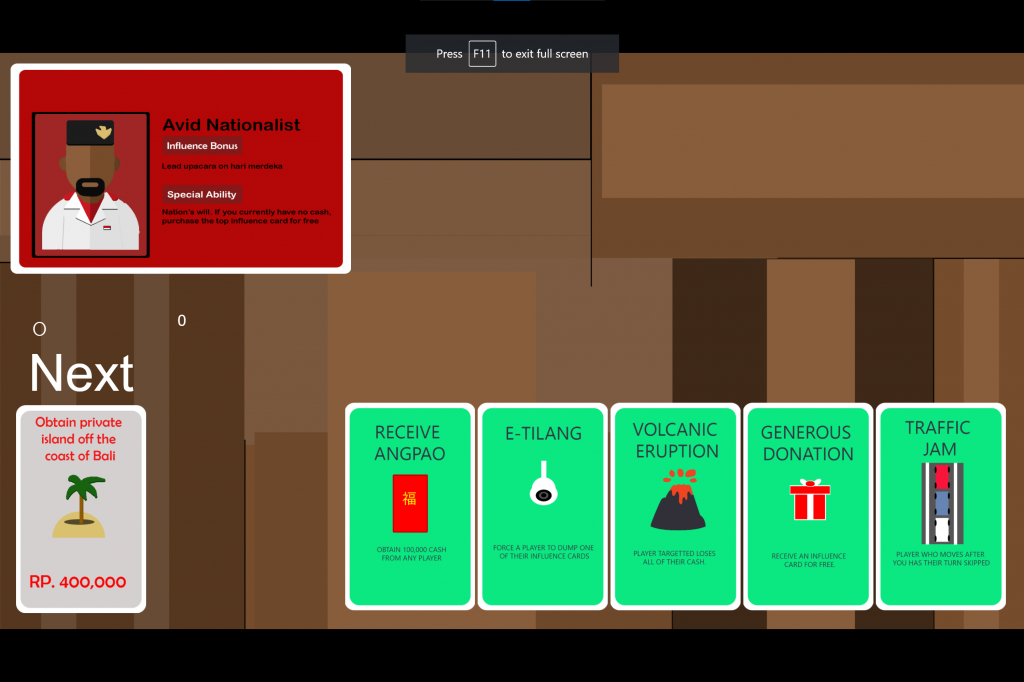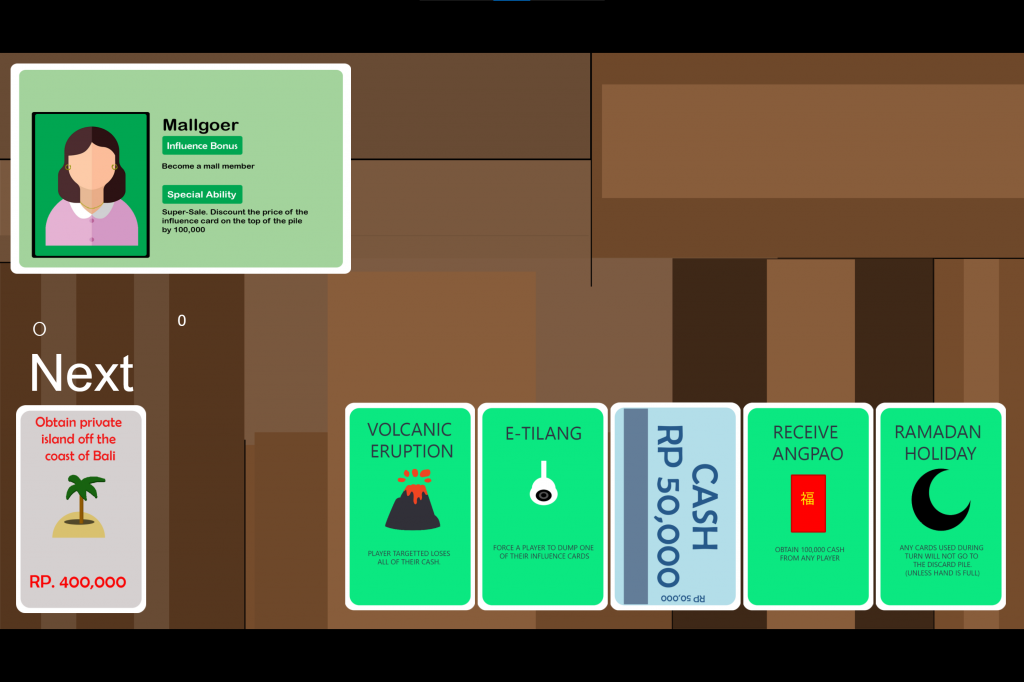My main role in the development on this game is as the developer who uses construct 2 to create the game, i am also the one who port the game to android via the cordova framework.
At first i kind of enjoy the workflow of creating game in construct 2 especially with it’s ui based scripting language, but as the time goes by, i feel that number of limitation increases. on the beginning we decide to create a card based logic game on construct as construct is javascript based and it compiles the game to a javascript form which make us think that the scripting system will most likely be equivalent to it’s javascript counterpart, but it turns out that, that is not the case, the script have not implemented all features of the javascript framework so rather than acting as a transpiler, it behaves more like a programming language based on javascript with half of it’s capabilities, there is also a few number of bugs on the construct 2 engine.
At last, we never reached our goal as there is technical limitation, and for some part of the game, we need to change how it should actually work. But at the end of the day, we have fun making the game and we have also learnt a lot about game development from this project.









